Mountain Camp Astrology Experience Join us at Vallley of the Rainbow Fly Fishing Estate and Wilderness Retreat for a stargazing experience. Sleep over on the mountaintop with family and friends and experience the wonder of an unpolluted African night sky. The best stargazing opportunities are during a new moon when the moon is not in the sky at night. The night skies can still be enjoyed during other phases of the lunar...
Mysterious Stone Structures
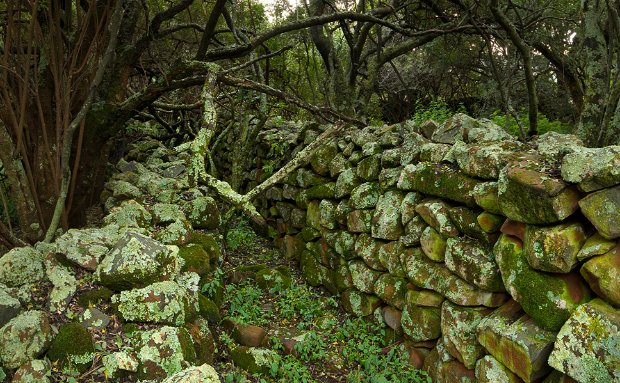
The mysterious stone structures at Valley of the Rainbow Fly Fishing Estate and Wilderness Retreat
If you visit Valley of the Rainbow Fly Fishing Estate and Wilderness Retreat, a visit to our archaeological sites is highly recommended. Just a short walk away, in the Steenkamp mountains, these fascinating sites are worth visiting - just ask our manager about a guided tour.
The stone circles on the property are unique, and were most likely used as cattle kraals. There are also squares and passages, used as homes, built adjacent to the kraals. On top of all this, extensive stone road networks join the settlements to one another. It is estimated that these structures were built more than 1000 years ago!
Who built these structures?
The mystery can be solved using recent research done by Alex Schoeman and other archaeologists. Through extensive investigation and the discovery of artefacts, rock art, and satellite and aerial imagery, it is now known that these people represented a lost and extinct tribe, the Bokoni or Koni people.
The Bokoni people were farmers, forgers of weapons and tools, miners and traders. Metalwork requires a very specialised skillset, and even a degree of understanding of chemistry. The smiths would smelt iron and copper, and they would then mix this with iron ore, charcoal, and fluxes to get steel. This was a prized skill, as it allowed for trade with other villages, and even long distance to other tribes (Serfontein, 2013).
The people who lived in this area also developed specialised farming methods using stone terracing for their crops and walls along roadways to prevent their livestock grazing on their crops on their way to and from pasture. They kept cattle, goats, sheep, and chickens. Their diet also consisted of some wild animals, primarily buck (Serfontein, 2013).
It is believed that the language spoken by this tribe was known as Sekona and was closely related to Pedi, both of which were the formative languages of Sotho. We know this from records dating to the early 1800s by missionaries in the area who worked with the last remnants of the tribe before they finally dispersed (Delius et al., 2011).
As mentioned before, trade became vital to the economy of the early tribes, including international trade in gold, ivory, rhino horn, slaves and timber. These were traded for beads, cloth, porcelain and metal goods. This thriving trade industry was active from before 1000 AD. This trade connected the east coast of Africa with India, the Persian Gulf, Thailand and China (Delius et al., 2011).
For tribes to travel from central Africa to trade with tribes that moved down the east coast of Africa, they had to traverse land the Bokoni people occupied. A transfer trade fee could be a reason why the Pedi, Nguni, Ndebele and other tribes went to war with the Bokoni and annihilated them. It is, however, unclear which tribes were mainly to blame for the dispersal of the erstwhile Bokoni (Delius et al., 2011).
Due to being attacked by various tribes, the Bokoni built walls around their settlements and villages, and they were positioned on top of mountains and hills so that they could be more defensible. Rocks could be rolled down on attackers trying to penetrate their territory from below (Serfontein, 2013).
Regardless of the history surrounding the lives and deaths of these people, it is clear that they have left their mark on this landscape and the people who occupy the area today. At Valley of the Rainbow, we are committed to honouring the legacy of the people who came before us.
Jamie van Zijl is the owner of the properties and business trading as Valley of the Rainbow Fly Fishing Estate and Wilderness Retreat
References
Delius, P, Maggs, T. & Schoeman, A. 2014. Forgotten World: The stone-walled settlements of the Mpumalanga Escarpment, Wits University Press.
Serfontein, S. 2013. A Google Earth Survey of Bokoni Settlements in Mpumalanga, South Africa. University of Pretoria South Africa.
Further Reading
Are you caught up in traffic for long hours, anxious about your health and wellbeing, or battling the stress of day to day life? It’s time to take a break, relax, and head outdoors to experience nature!
Contribute to our re-forestation project by taking ownership of your own indigenous tree, planted in the valley.
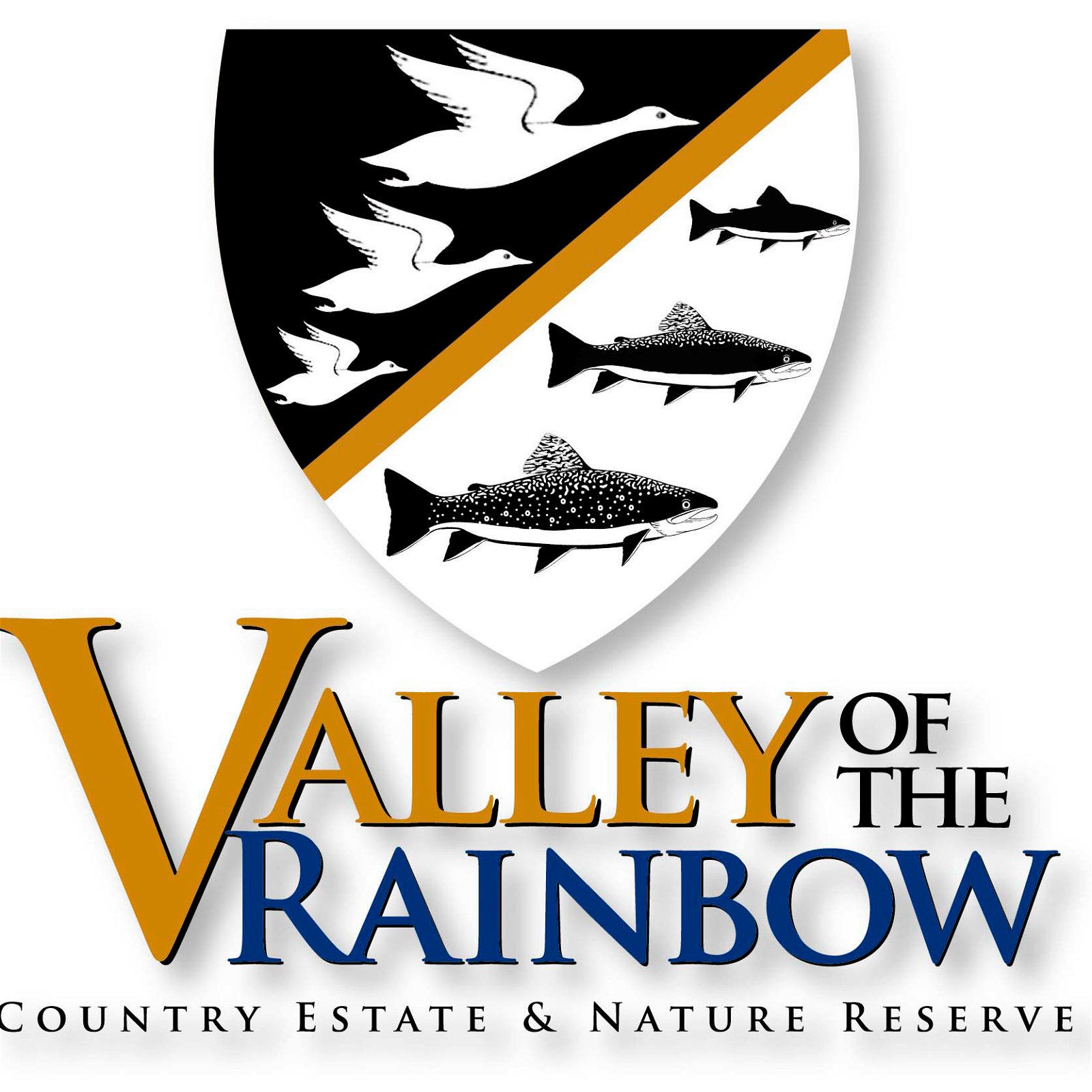
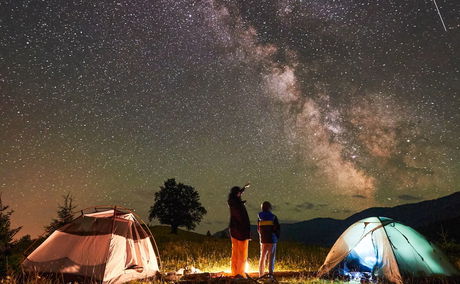
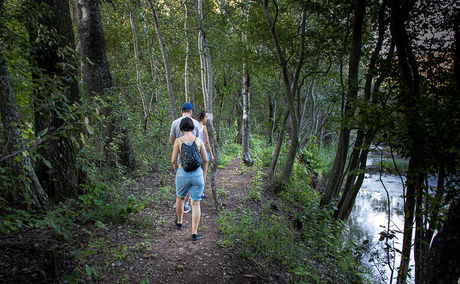
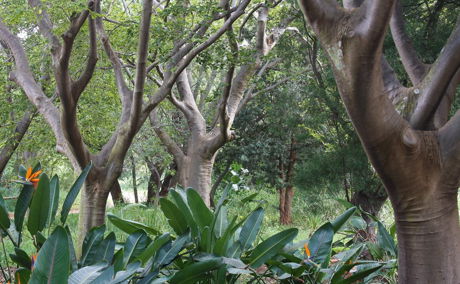
Share This Post